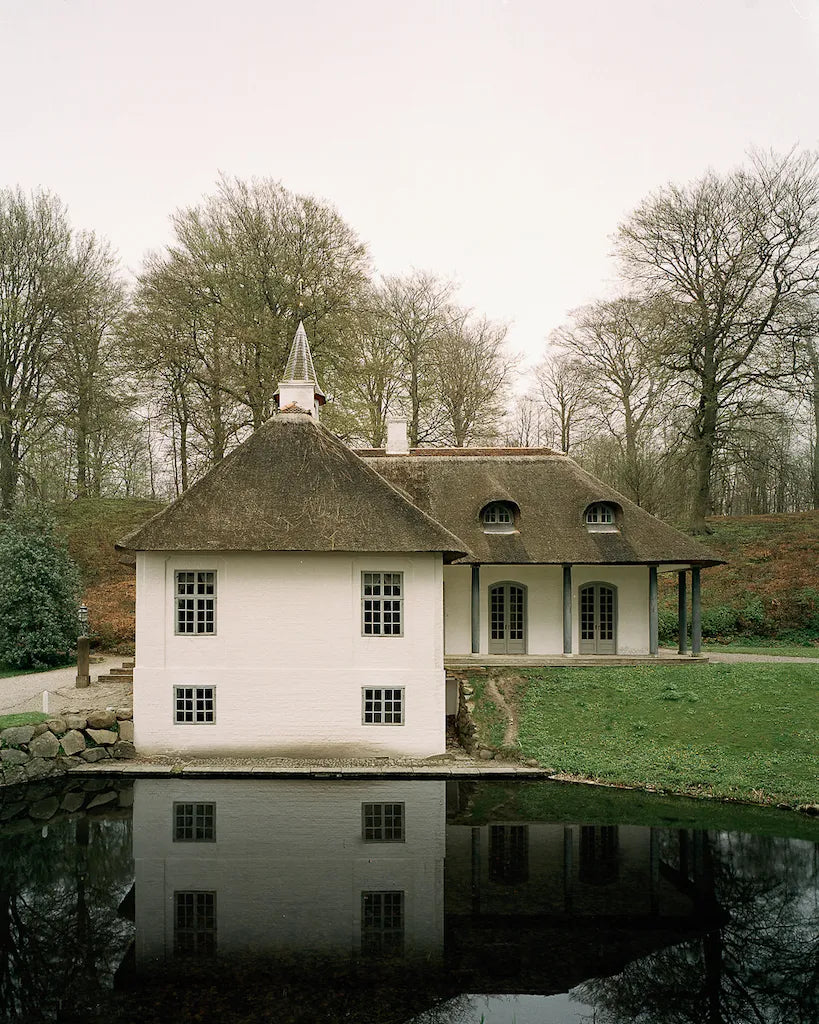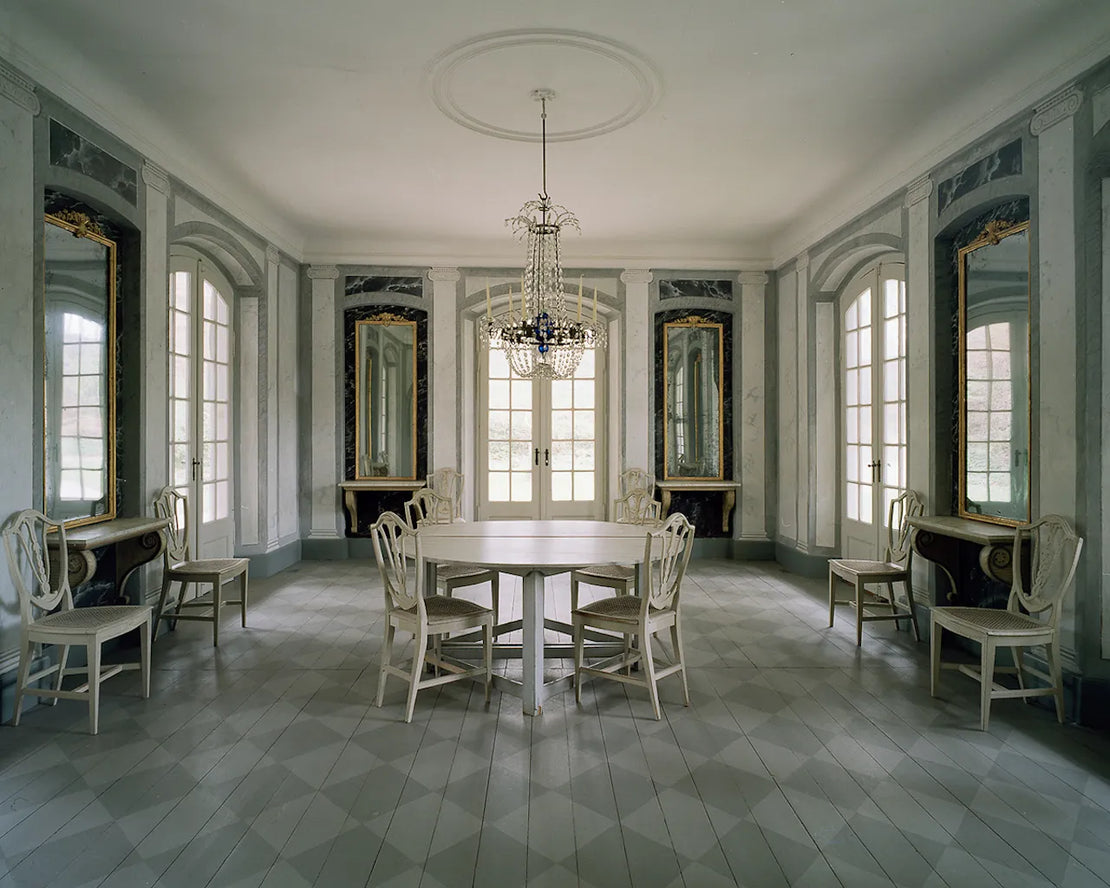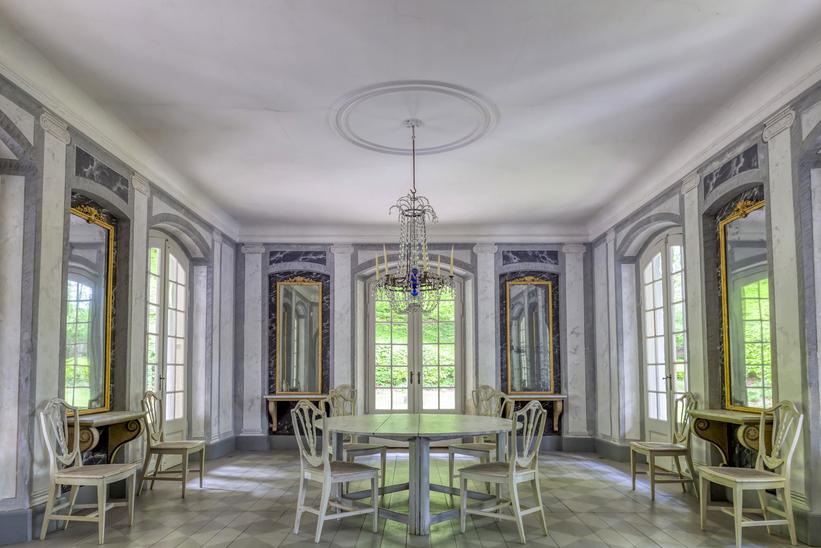LISELUND ESTATE
Liselund Estate was established in the late 18th century by Antoine de Bosc de la Calmette, a French nobleman who served as a Danish diplomat.

Historical Background
The estate was named after his wife, Elisabeth Iselin. Designed as a romantic retreat, Liselund exemplifies the aesthetics of the Romantic period, emphasizing natural beauty and a harmonious blend with the landscape. The estate was completed in 1795, and its original purpose was to serve as a summer residence.

Architecture and Landscape
The architecture of Liselund Estate is characterized by its neoclassical style, which was popular during the late 18th century. The main manor house, Liselund Slot, is relatively small and charming, resembling a picturesque Swiss chalet rather than a grand palace. The estate also includes other buildings, such as a Norwegian house, a Chinese pavilion, and various small cottages, all contributing to the estate's fairy-tale ambiance.
The surrounding park is a key feature of Liselund, designed as an English landscape garden. It features rolling lawns, serene lakes, winding paths, and strategically placed sculptures. The park is designed to appear natural, yet it is carefully curated to create a sense of tranquility and beauty. The cliffs of Møns Klint, which are nearby, add dramatic natural scenery to the estate.

Current Use and Preservation
Today, Liselund Estate is a significant cultural and historical landmark in Denmark. It is managed by the Danish Agency for Culture and Palaces, which ensures its preservation and maintenance. The estate is open to the public, allowing visitors to explore the manor house, enjoy the gardens, and learn about its history through guided tours and exhibitions. Liselund is also a popular site for weddings and other special events due to its romantic setting. Efforts to preserve the estate focus on maintaining both the historical integrity of the buildings and the natural beauty of the landscape, ensuring that Liselund remains a treasured part of Danish heritage.


